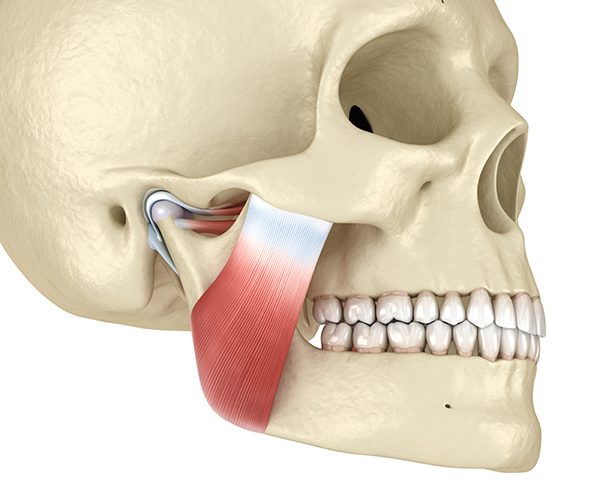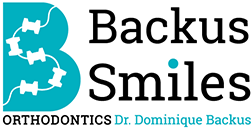The “temporomandibular joint,” more commonly referred to as the “jaw joint,” assists in the basic opening and closing movements of the jaw and is located near the lower jaw and the temporal bone of the skull. Unfortunately, this joint is a common area for recurring pain. Dr. Backus utilizes TMJ treatment to alleviate her patient’s pain with or without a need for braces. Although conventional wisdom suggests that “popping” sounds in the jaw indicates a TMD dysfunction, this is not always true. Many times, your jaw is functioning properly even if a “popping” sound is present when chewing or talking.

At your initial exam appointment, Dr. Backus will conduct a thorough TMD (Temporomandibular Disorder) exam that evaluates the joint tissue in the “hinge” of the jaw. She will also evaluate your current and previous medical history to assist in her diagnosis and treatment plan based on your individual unique situation. Possible problems include muscle soreness, pain, limited opening, deviation of the lower jaw upon opening, difficulty eating, swelling, deterioration of the joint tissue or damaged joint tissue (which cushions the jaw bones during the opening and closing movement of the mouth). Common pain relievers, moist heat, and other palliative therapy can provide temporary relief for some cases of TMD.
For more serious cases of TMD, we will recommend alternate TMJ treatment. Often, Dr. Backus will suggest a custom-made splint to relieve symptoms associated with teeth grinding. In some cases, we will instruct you to use orthodontic appliances to alleviate discomfort or to redirect positioning of the TMJ joint. For the most severe cases of TMD, we may recommend an oral surgery consultation. In addition, Dr. Backus utilizes physical therapy as indicated for some of her TMD patients. Treating the body as a whole is vital to understanding and treating various forms of TMD disorders.
